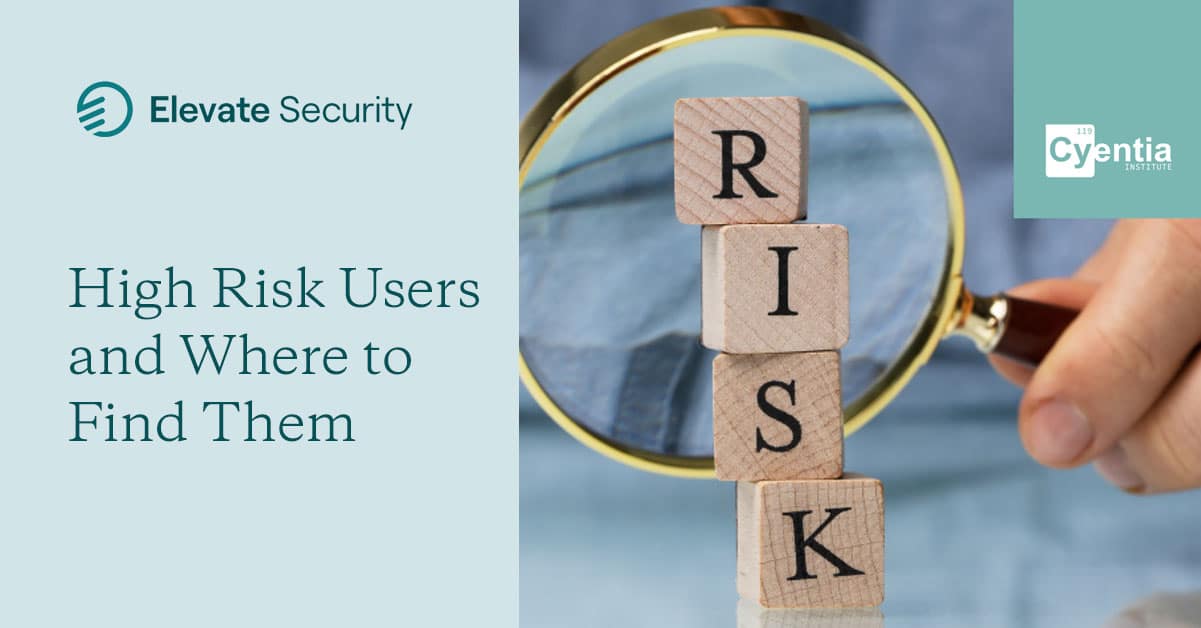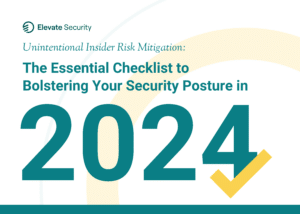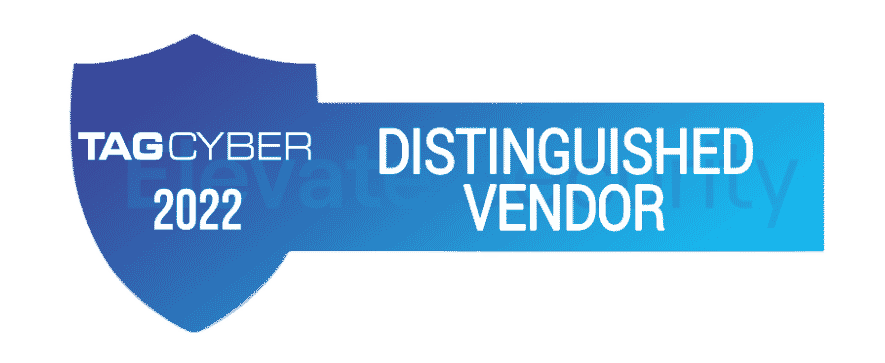
Cybersecurity is an ever-evolving field. As we head further into the year, it’s crucial to understand the trends that will dominate the cybersecurity landscape. In Part Two of our series on the top cybersecurity trends of 2023, we’ll dive deeper into the most significant developments and examine how organizations can prepare and protect themselves against cyber threats. From the rise of ransomware to stricter government regulations, get ready to stay ahead of the curve by knowing the top cybersecurity trends of 2023.
➡️ Missed part one of this series? Check it out here.
1. Ransomware Attacks will Rise
A ransomware attack occurs when a user accidentally downloads malicious software (typically by clicking a suspicious link or opening an unsafe file). This allows the threat actor to gain control over the user’s computer and encrypt data. According to IBM’s Cost of a Data Breach 2022 report, security breaches caused by ransomware grew 41% in 2022. And we don’t expect this growth trajectory to slow down anytime soon. Here are a few reasons why:
Arresting key players hasn’t slowed down ransomware gangs like REvil, which commonly re-emerge on the scene, often having rebranded. Security Intelligence states, “Arrests and dissolving of the groups will likely only change the landscape of the gangs temporarily as the groups continue to re-emerge.” What’s worse is these gangs of ransomware professionals are growing more sophisticated by the day, eyeing their targets (your workers) and tricking them into unintentionally clicking on a ransomware-ridden link.
Cloud migration is another reason ransomware is one of the most concerning cybersecurity trends this year. As more enterprises shift their data to the cloud during periods of digital transformation, cloud-aware ransomware organizations are preparing to infiltrate your systems. While various cloud vendors can be vulnerable to a ransomware attack, a more common occurrence is that ransomware threat actors will target your workers and deceive them into making an error that enables the threat actor to extort their data.
To navigate these threat actors, it’s important to identify user risk in your organization and implement tailored safeguards to better protect the business.
➡️ Learn how to strengthen your security by dynamically tailoring security safeguards to individual risk levels in your organization here.
2. Social Engineering Attacks will Increase, Requiring New Prevention Methods
Social engineering is the act of deceiving individuals and manipulating them into sharing confidential information or allowing unauthorized access to applications and data. The reason social engineering is high on the list of cybersecurity trends this year is because 82% of breaches continue to involve the human element. And social engineering hackers are exploiting this vulnerability at a rapidly increasing rate. According to Elevate research, since April 2022, social engineering attacks on engineers and developers alone have increased 142%!
Social engineering attacks focus on human interactions with the goal of influencing workforce users to break security protocol and essentially give up unfettered access to a company’s systems, networks, and/or source code. The real problem is, social engineering attacks are evolving and becoming harder to identify and thus, harder to prevent without the right technology. Even major enterprises, including a ride share app, a password manager platform, and a video game publisher, have all been victimized by social engineering attacks within the past year.
In 2022, the top cybersecurity attack type was—you guessed it—social engineering. And when social engineering tactics are used in 98% of all cyberattacks, it’s clear that organizations need a way to understand and mitigate user risk at an individual level to prevent threat actors from misleading their workers.
➡️ Get our eBook to discover how you can identify and respond proactively to your organization’s highest risk users to prevent social engineering attacks.
3. Stricter Government Regulations will be Implemented
With the rise of digital transformation and connected devices, cyberattacks have become more frequent and sophisticated. Cyberattacks can cause significant economic damage, both in terms of lost revenue and lost confidence in a company’s ability to protect sensitive information such as their customer’s PII or PCI. This risk necessitates government regulations that would ensure companies take their cybersecurity responsibilities seriously.
In fact, Gartner predicts that “through 2023 government regulations requiring organizations to provide consumer privacy rights will cover 5 billion citizens and more than 70% of global GDP.” Gartner also forecasts that “Through 2025, 30% of nation states will pass legislation that regulates ransomware payments, fines and negotiations, up from less than 1% in 2021.”
Even President Joe Biden issued an executive order in May 2021 to bolster the U.S.’s cybersecurity across public and private sectors to better protect the American people’s security and privacy. A snippet from the order states:
“Protecting our Nation from malicious cyber actors requires the Federal Government to partner with the private sector. The private sector must adapt to the continuously changing threat environment, ensure its products are built and operate securely, and partner with the Federal Government to foster a more secure cyberspace. In the end, the trust we place in our digital infrastructure should be proportional to how trustworthy and transparent that infrastructure is, and to the consequences we will incur if that trust is misplaced.”
Just as we expect the rate of cybersecurity attacks to increase in 2023, we can also expect that government regulations like the latest NYDFS update will continue to be put into practice.
➡️ Dive deeper into the relationship between cybersecurity and the government from the first CISO at the White House on our Friendly Fire Podcast.
4. Security Teams will Place a Stronger Focus on User Risk
We know that 8% of workers cause 80% of security incidents. Not to mention, observable forms of human risk played a direct role in 61% of the largest cyber incidents of the last 5 years, racking up a price tag of $15 billion! We’ve established that user risk is a detrimental factor to the cybersecurity of an organization. But in 2023, it’s time we do something about it.
“If we don’t change course quickly, we’ll continue to drown in response work. It’s getting worse—within the last 6 months, we’ve begun seeing attackers targeting engineers at a 2.5x higher rate than they had previously. I don’t think I’m going on a limb here by saying adversaries know your people better than you do.”
— Robert Fly, Co-Founder & CEO, Elevate Security
76% of cybersecurity leaders believe that having a dedicated program to manage insider risk would improve their organization’s overall security posture. However, training and simulation alone won’t solve for unintentional insider risk. The most effective programs require risk measurement and active, individualized mitigation. That’s why we expect more cybersecurity organizations and teams to prioritize insider risk mitigation this year.
➡️ Discover how to protect your enterprise from the inside out by identifying and mitigating insider risk—get our eBook.
Final Thoughts
With the changing landscape of cybercrime and ever-evolving cyber threats, it’s essential to stay ahead of the curve and keep up with the top cybersecurity trends. But it’s even more important to take action to proactively secure your people, data, systems, customers, and organization as a whole. Elevate Security can help.
With deep visibility into each individual’s user risk level, Elevate Security provides security teams with the visibility and risk scoring necessary to zero in on workforce risk, the most likely source of the next security incident, and stop it before it starts. Book a demo to see our platform in action.











